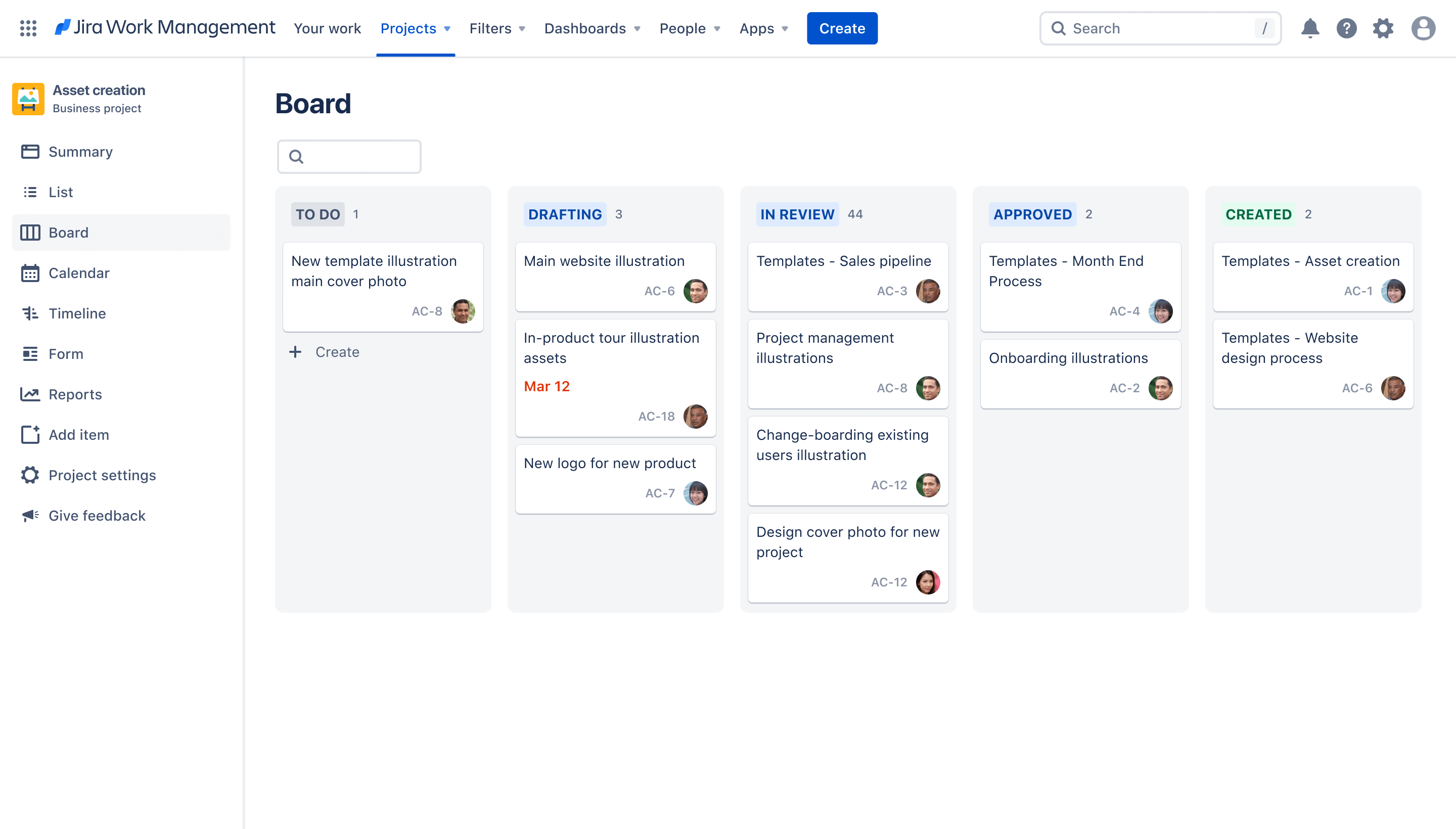Content creation best practices
By Marissa Berenson Yaar
As a marketer, content creation can seem like a Sisyphean task. Even with your entire team behind a campaign...It. Just. Never. Ends. From blog posts and landing pages to email drips and ad copy, as soon as you publish one piece, there’s another on the horizon. And the deadline was yesterday.
Of course, creating great content involves more than throwing some words on a page and smashing the “publish” button. Somehow, all of it needs to be cohesive and on-message, even with an army of different writers working on a single campaign.
So how do you do it? And, more importantly, how do you do it without a bazillion rounds of edits and all-nighters? The idea is to create repeatable processes that get everyone in a flow from the start so that your team can work efficiently. Here’s how.
